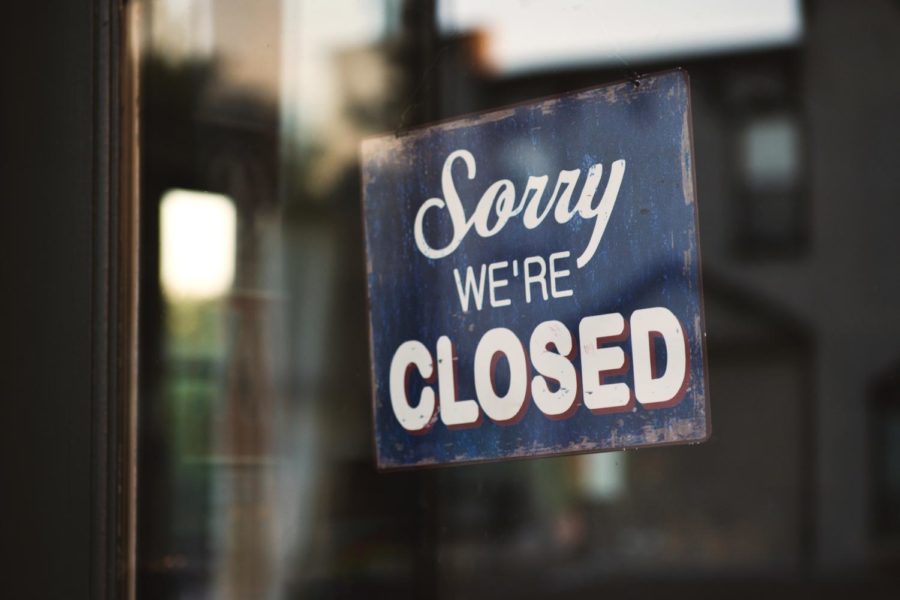Unemployment rates due to COVID-19 are lower than expected in Black and Latinx communities
July 16, 2020
Iowa State researchers have found that those most gravely affected by the job loss are 16-to-24-year-olds, individuals with lower family income, Latinx and Black people.
Researchers John Winters, associate professor of economics, and Seung Jin Cho, economics graduate student, have been studying the demographics of unemployment of various racial communities.
“The headline has to do with underestimating the unemployment but a big part of our study has to do with the distribution, so if the understatement was uniform across all groups that would not be as important, but it would still be important,” Winters said.
According to reporters from the United States Bureau of Labor Statistics (BLS), the unemployment rate rose in April 2020 to 14.7 percent.
Winters said understanding how short these statistics are can help judge how big of an issue there is, but it’s also important to understand the inequalities in job loss as well.
Historically, groups that suffer the greatest from recessions also tend to feel the effects the longest.
“There is the idea that they are the first fired but also the last ones hired back, so often disadvantaged groups, they suffer the most severely at the front and suffer the longest at the back end,” Winters said.
Assistant professor in political science Scott Feinstein said it is also possible to look at gauges like eviction rates to get a better understanding of how the pandemic is impacting these different demographics.
“Essentially, if this moratorium is extended, there is potential that 28 million people, nearly 10 percent of Americans could become homeless,” Feinstein said. “And this is really an astounding number that likely speaks to issues much deeper and unrelated to the pandemic itself but says something about how incredibly vulnerable people are at this time and other times as well.”
Winters and Cho’s research proves that while the unemployment rate is a well-known measurement, it still has it’s shortcomings. Winters said during the pandemic there is a demographic of people that have left the labor force and have stopped looking for work, leaving them out of the official measures and causing the understatement.
“It is obviously a historic economic event in an unfortunate way and so obviously the unemployment rate is very high, but we are saying that the true job losses are even higher based on the official unemployment rate,” Winters said.
To examine the impacts of COVID-19 on employment, Cho and Winters had to examine data from the Current Population Survey. The survey used an employed-at-work-rate, which includes people who work from home, those who worked away from home for any amount of time and earned an income and those who worked a minimum of 15 hours of unpaid time for a family business, such as a teenager or a family farm.
Winters said the numbers will always be slightly underestimated but during a pandemic we see this number grows.
“The COVID-19 pandemic is unique in so many ways because not only are we dealing with people that are giving up looking for work because they don’t think there are jobs, there are also people that stop working and stop looking for work because of the virus,” Winters said.
Feinstein said there cannot be a normal economy until people can go back to work, students can go back to school and virus transmission numbers lessen.
“Essentially the longer this lasts the more economic struggles we are bound to have and really only the big companies that are able to have enough capital to innovate are the only ones going to be able to ride out the storm,” Feinstein said. “So I think the politics and economics are going to have to follow the ability to limit the spread of the virus and this is going to have a trickling effect down to whether it is the unemployment rate, crime rate, domestic abuse rates, evictions and homelessness that can have a profound effect on the politics and economy going forward in the state.”

















